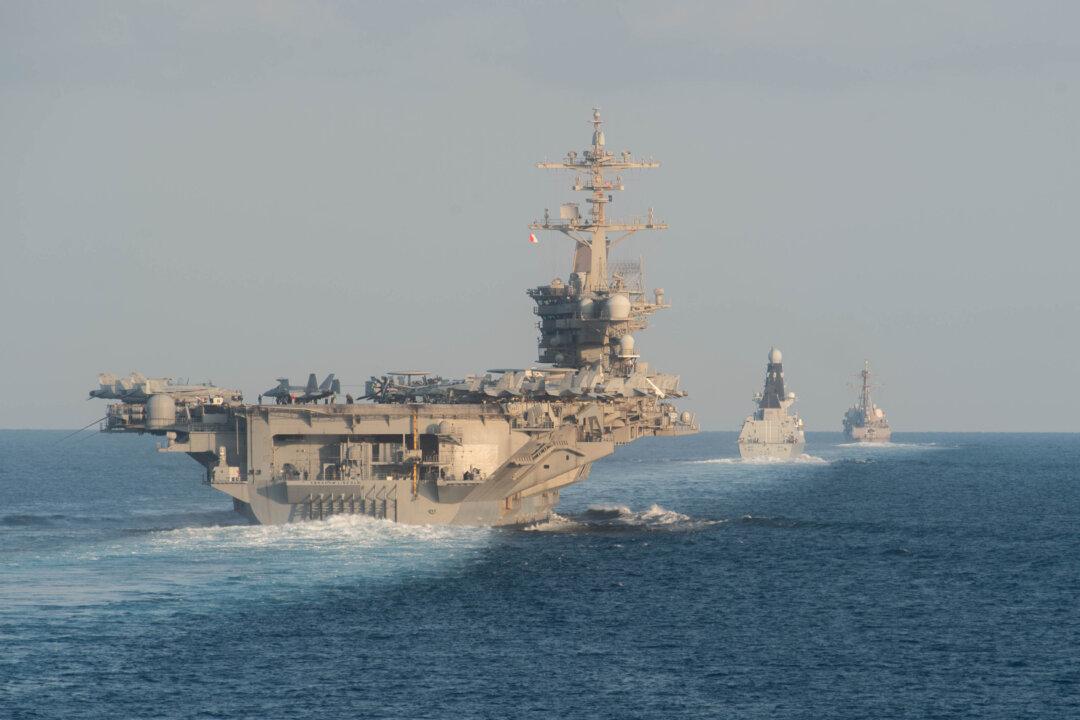Six aircraft carriers are now at sea, according to the Navy, despite the USS Theodore Roosevelt being still benched by COVID-19 in Guam.
The United States has 11 carriers in total, but typically fewer than half are deployed.


Six aircraft carriers are now at sea, according to the Navy, despite the USS Theodore Roosevelt being still benched by COVID-19 in Guam.
The United States has 11 carriers in total, but typically fewer than half are deployed.